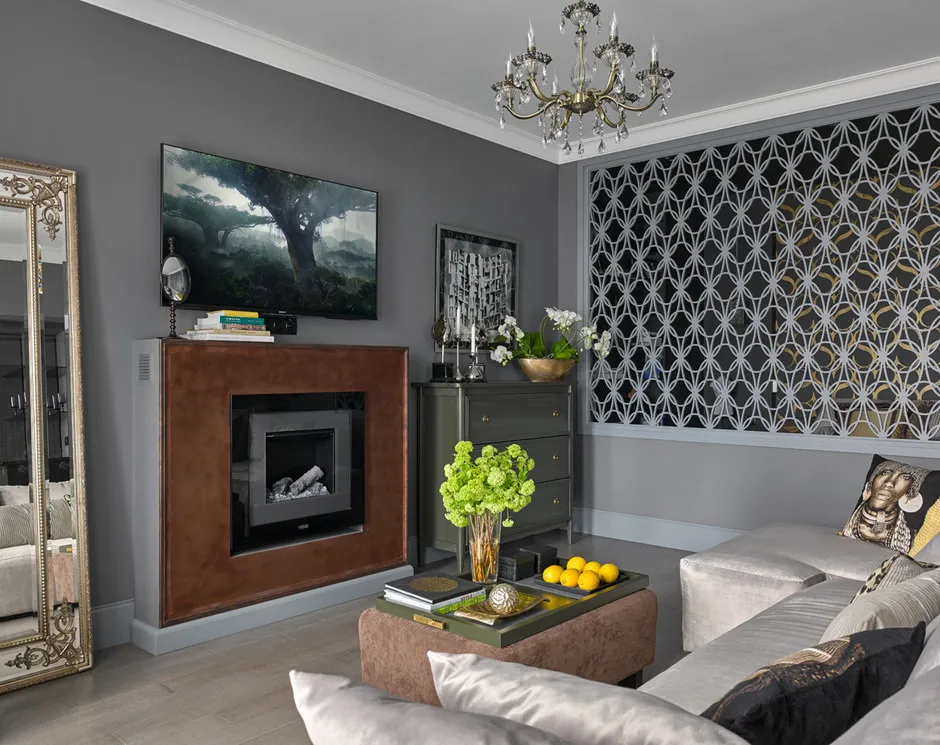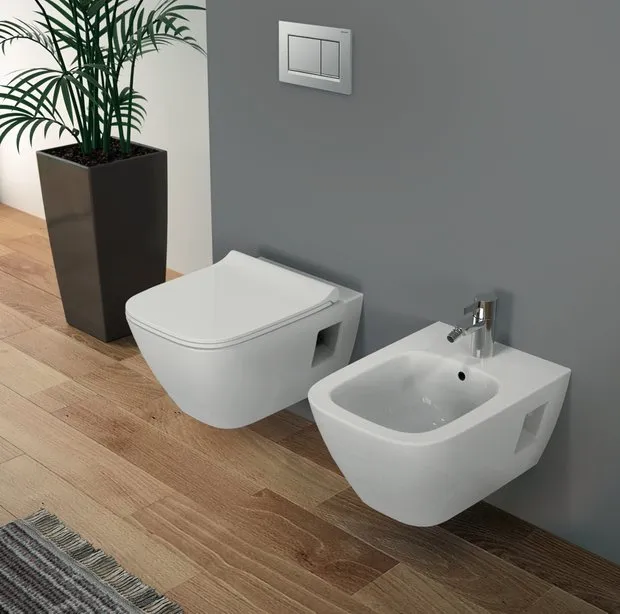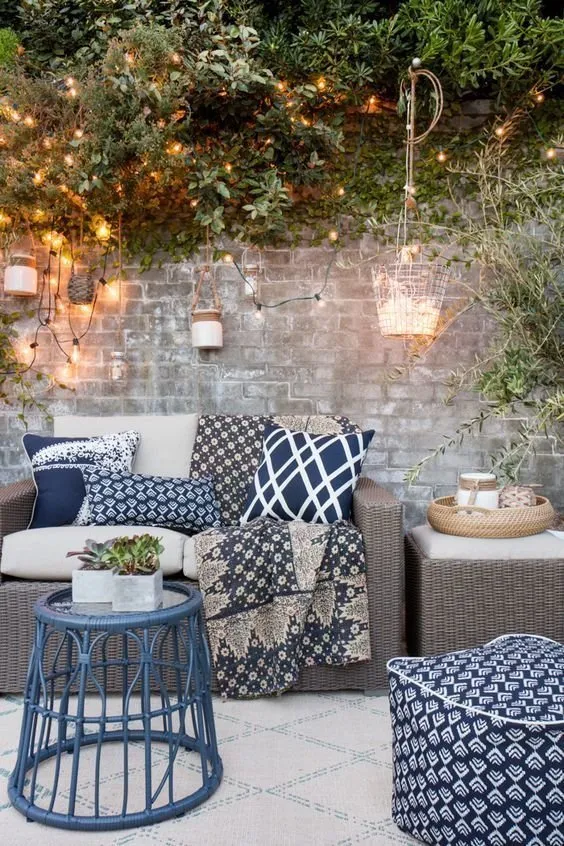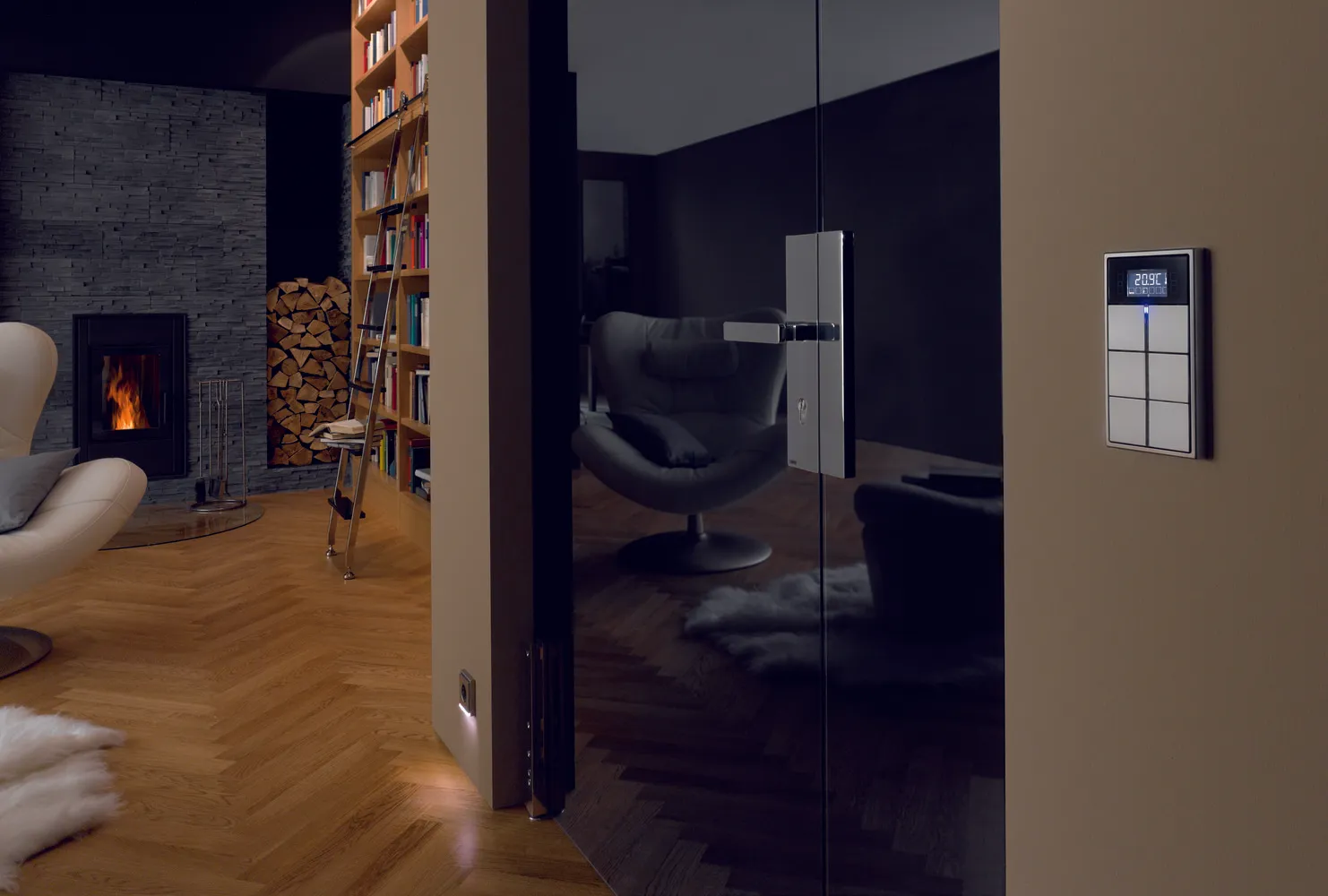There can be your advertisement
300x150
Sewage Systems for Summer Houses: 5 Solutions
We explain the complex in a simple way
Sewage systems are needed not only in cities but also on summer houses. Designer Anna Ragulina tells you about the types of sewage systems and which one to choose.
Anna Ragulina — an expert, interior designer, and decorator
First, clarify the important questions:
- A house with permanent or temporary residence
- How many people live in the house
- List of sanitary equipment used
Also, don't forget to consider a few more points:
- Groundwater level
- Plot size
- Soil structure
Biotoilet
The simplest and fastest solution is just to buy, unpack, and install it.
However, it's better to consider a biotoilet as a temporary measure since the issue of sewage disposal remains.
Septic Tank
This is a pit with brick or concrete walls. It can be open or closed type. The latter is hermetic, has a bottom and a lid with an opening for pumping. This is one of the options to install sewage on a private house if the groundwater level on the plot is high. In this case, you fully protect the soil and water sources from possible contamination.
Pros: low cost and the ability to install without additional machinery.
Cons: not suitable for plots with high groundwater levels and clay soil. Also, due to the small volume of effluents, you must constantly calculate water consumption. Another disadvantage is dirt and unpleasant odor.

Pump Station
Sometimes it's necessary to set up a bathroom in the attic or garage, or to create a new point with sanitary equipment, but the sewage pipes are far away and it's inconvenient to run drainage pipes through the entire house.
Use pumps for forced pumping of wastewater and sewage. If you plan to connect the maximum number of fixtures, provide the ability to pump hot water and grind waste. For example, the Sanicubic 1-NM SFA model can connect to multiple fixtures — toilet, bathtub, dishwasher, and washing machine, as well as the kitchen sink.

Natural Sewage Treatment System Based on Septic Tank
It is suitable for private homes, cottages, and summer houses with a small or medium volume of effluents. The construction consists of 2–4 treatment chambers, and the more chambers there are, the higher the degree of purification.
In the first chamber, effluents decompose into fractions. Light elements move upward, while heavy ones go downward where they then decompose. This process can be accelerated using special biodeposits with bacteria.
Clarified water flows into the adjacent chamber, while insoluble elements settle to the bottom. After this, through a special biofilter chamber, the water is sent out. After purification in the septic tank, effluents are drained into the soil through drainage fields or infiltration systems.

Biological Treatment Plant
The structure resembles a septic tank but includes additional elements: an aerotank, biofilter, check valve, and pump. These allow the treated water to be used for technical purposes or discharged into a water body.

On the cover: Anna Ragulina's design project.
More articles:
 Guide: 10 Classy Interiors in Stalin-era Buildings
Guide: 10 Classy Interiors in Stalin-era Buildings How to Easily Maintain Cleanliness in an Apartment: 9 Life Hacks
How to Easily Maintain Cleanliness in an Apartment: 9 Life Hacks How to Plan a Kitchen Layout Yourself: Tips from Professionals
How to Plan a Kitchen Layout Yourself: Tips from Professionals How Much Will the Repair Cost: Making a Budget with a Professional
How Much Will the Repair Cost: Making a Budget with a Professional 5 More Seafront Apartments You'll Love
5 More Seafront Apartments You'll Love 5 Fresh Ideas for Scandinavian-Style Interior Design
5 Fresh Ideas for Scandinavian-Style Interior Design 10 Fresh Ideas for Your Terrace
10 Fresh Ideas for Your Terrace 7 Reasons to Make Your Home Smart
7 Reasons to Make Your Home Smart